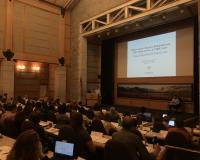
Vibrant Environment
Land Use And Natural Resources
All | Biodiversity | Climate Change and Sustainability | Environmental Justice | Governance and Rule of Law | Land Use and Natural Resources | Oceans and Coasts | Pollution Control

Restoring and protecting our country’s lakes, rivers, and streams is difficult, especially with populations increasing and budgets in decline. It requires innovation, partnerships, sound science, and effective means of communicating.
ELI has long worked with the agencies tasked with restoring and protecting our waters. Earlier this month, we held the 2018 National Training Workshop for CWA §303(d) Listing and TMDL Staff at the National Conservation Training Center in Shepherdstown, West Virginia....
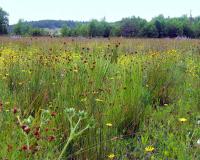
The Oil Pollution Act and CERCLA allow for the recovery of more than just cleanup costs following an oil spill or the release of hazardous substances. These laws also provide for the recovery of damages to restore or replace natural resources to the conditions that would have existed prior to the spill or release, as well as to compensate for interim losses of ecological services. Natural resource trustees—states and tribes acting on behalf of the public—are tasked (along with federal trustees) with planning and implementing the restoration of these lost natural resources and services.
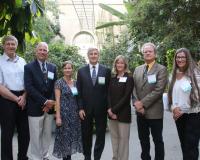
“These places hold the world together,” said National Wetlands Awardee Latimore M. Smith of wetlands during his award acceptance speech. Simple words spoken to him early in his career as he explored a Louisiana bog, they continue to hold profound meaning and inspire him to this day. At the National Wetlands Awards ceremony that took place on May 9, 2018, in Washington, D.C., each of the six awardees shared stories about what inspired them in their efforts to protect and preserve wetlands.
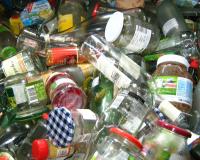
Recycling is perhaps the most prevalent pro-environmental activity at the household level. Household recycling efforts may be influenced by supportive nudges and, in some cases, laws that mandate recycling behavior. But unlike efforts such as decreasing household energy usage, success in recycling also hinges on governmental support: there must be some mechanism for collecting the recycled materials and converting them into useable commodities. Government entities, and in some cases private waste collection firms, provide for these recycling amenities.

The U.S. Department of the Interior (DOI), led by Secretary Ryan Zinke, manages one-fifth of the land in the United States. Its National Park Service (NPS) oversees units covering more than 84 million acres. The U.S. Fish and Wildlife Service manages refuges totaling just over 81 million acres. And the Bureau of Land Management (BLM) manages 247.3 million acres across 20 states. In total, these three agencies oversee 65% of the land owned by the federal government in the United States.

It’s well known that up to 40% of food in the United States goes to waste. As a result, a large portion of the blue water utilized in agricultural irrigation ends up back in the ground—not in aquifers, but in landfills. While the majority of food waste in the United States is attributable to the disposal of safe, edible foods, a considerable amount of food that goes to landfill is “lost” due to spoilage or food being otherwise deemed unfit for human use.

“April showers bring May flowers,” the saying goes – but we also rely heavily on groundwater. In honor of the changing seasons, Vibrant Environment recounts a tale from The Environmental Forum of neighborhood water woes.
* * *
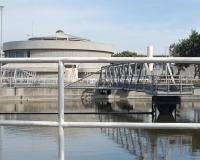
The wastewater sector’s “Utility of the Future” (UOTF) initiative envisions the sector’s transformation from managing waste to recovering and recycling valuable resources, thereby creating financial benefits for utilities, as well as environmental and economic development benefits for communities.

After a slew of earthquakes triggered from shale oil and gas operations, the Oklahoma Corporation Commission (OCC), the state’s oil and gas regulator, released new rules designed to reduce seismic activity. Hydraulic fracturing—fracking—is being used in combination with horizontal drilling to extract shale oil and gas in what has been called the “US’s hottest new area for horizontal development” in the state’s SCOOP [1] and STACK [2] shale plays, located in the Anadarko Basin.

Colombia’s government and FARC rebels signed a historic peace accord in late 2016, ending a civil war that caused over 220,000 deaths and the internal displacement of over 7 million people. In addition to devastating lives and livelihoods, the civil war was destructive to the environment. Following historic negotiations and the congressional ratification of a revised agreement, Colombia still faces environmental risks in a time of relative peace. It is crucial that ongoing talks and reforms in the wake of over five decades of conflict take these factors into account in order to ensure sustained peace and development for the future.